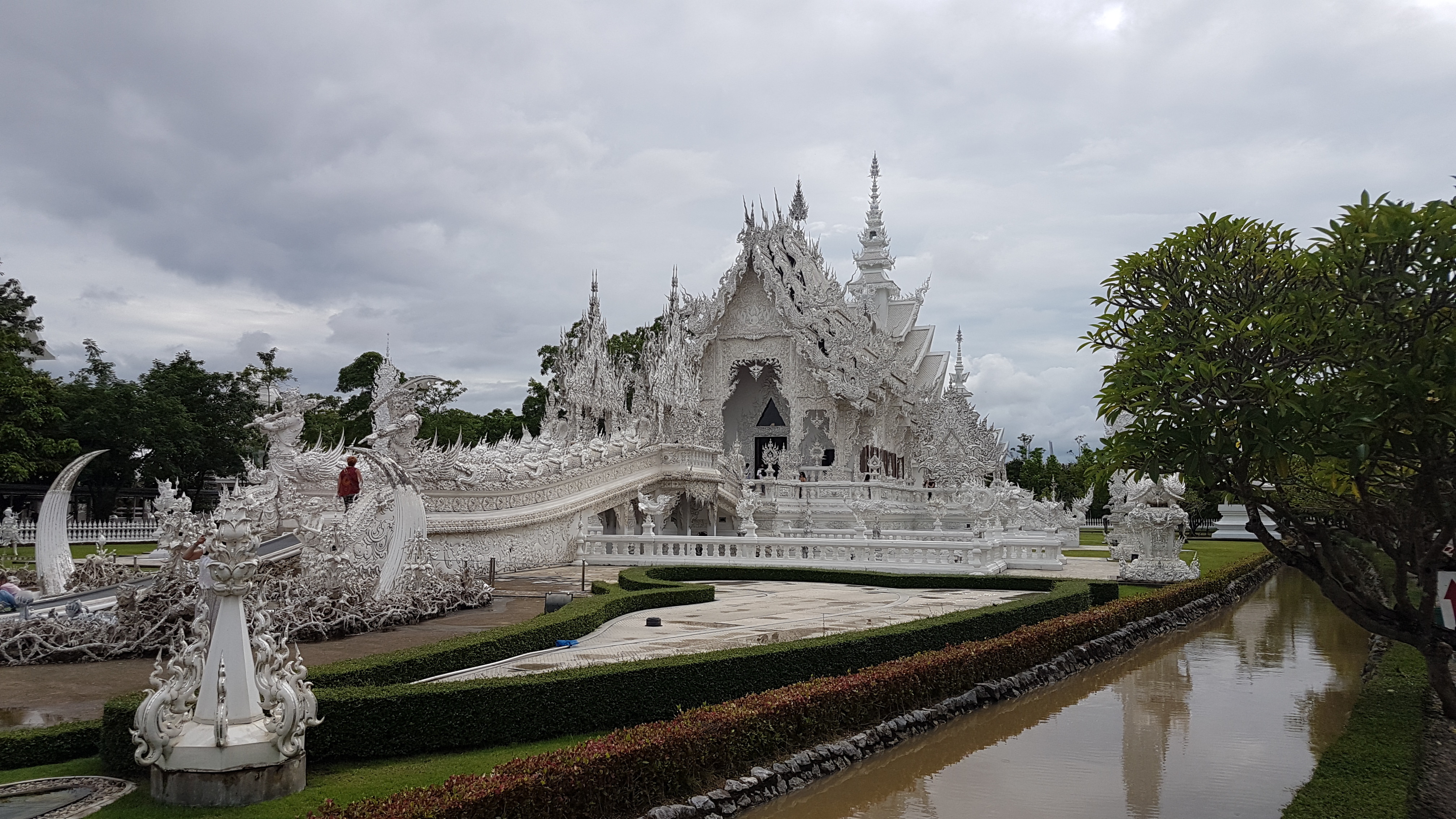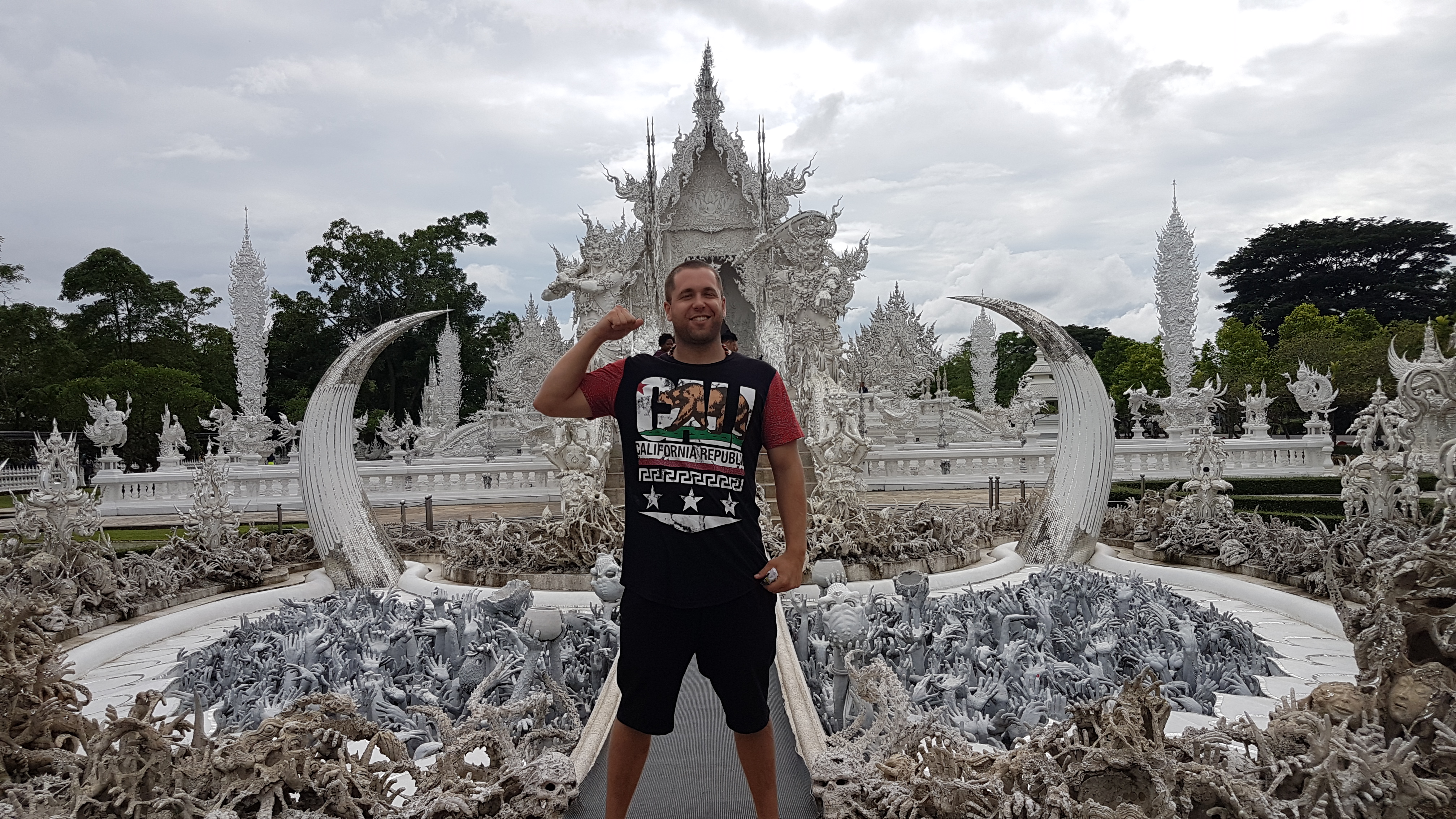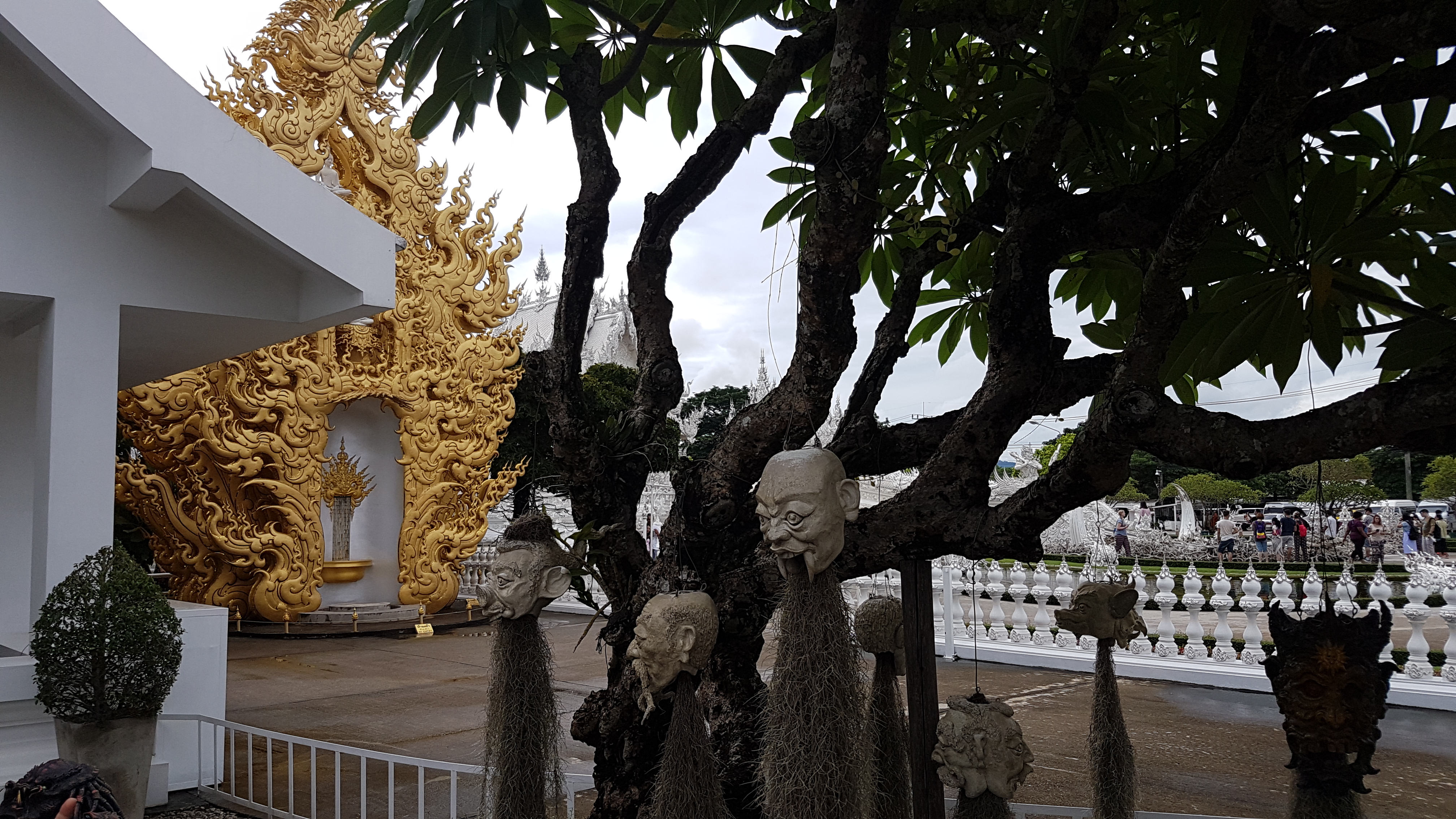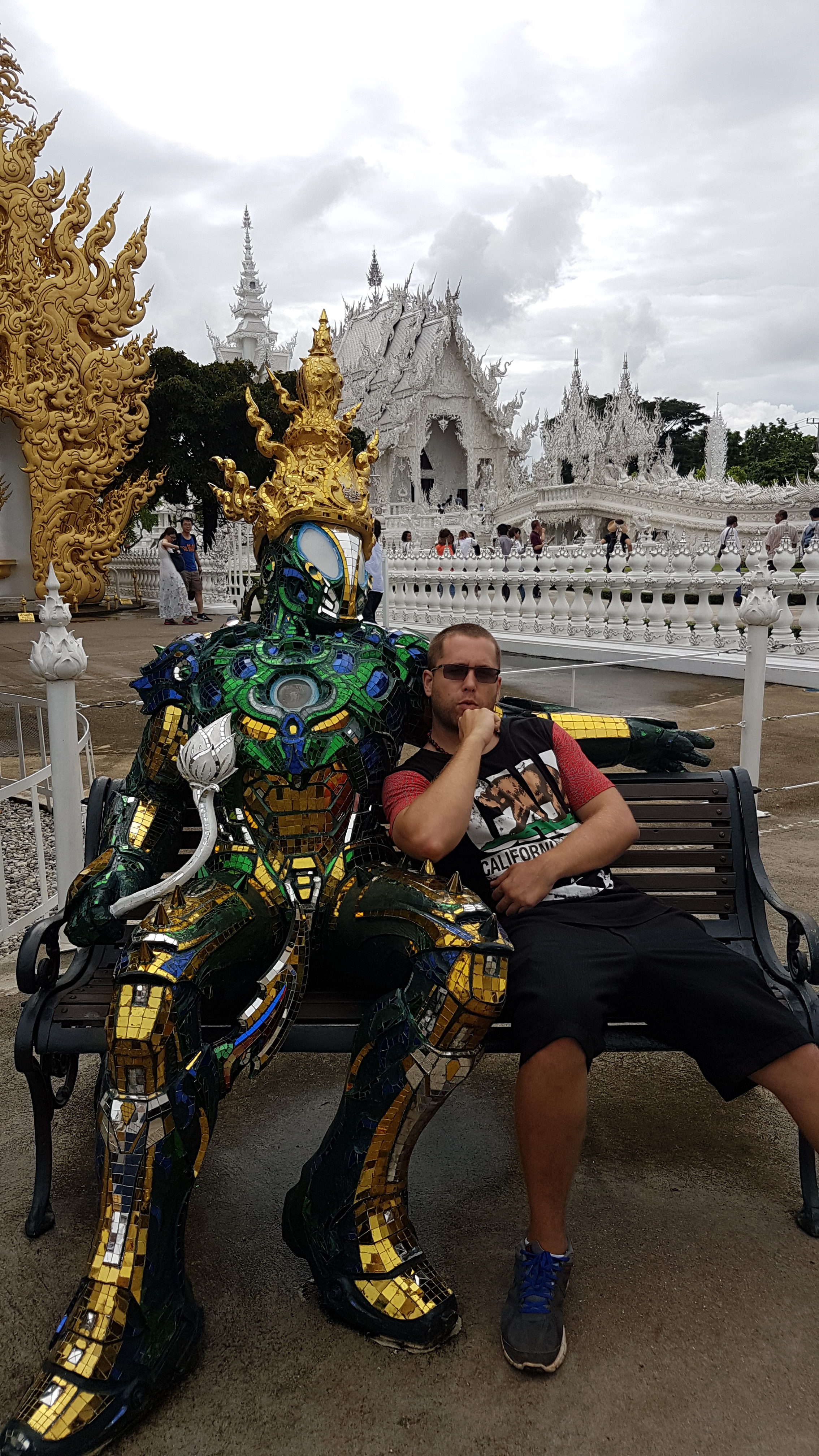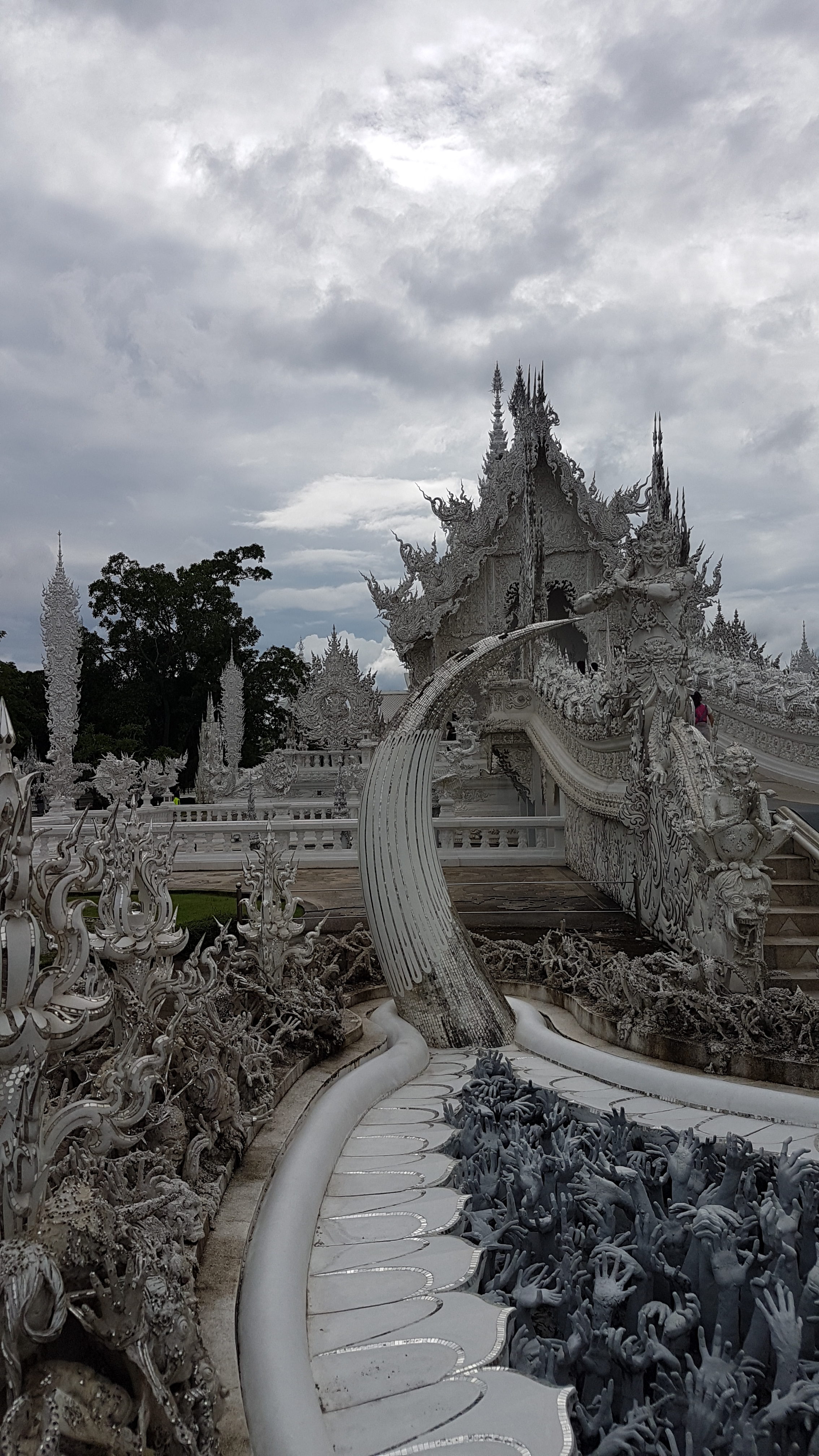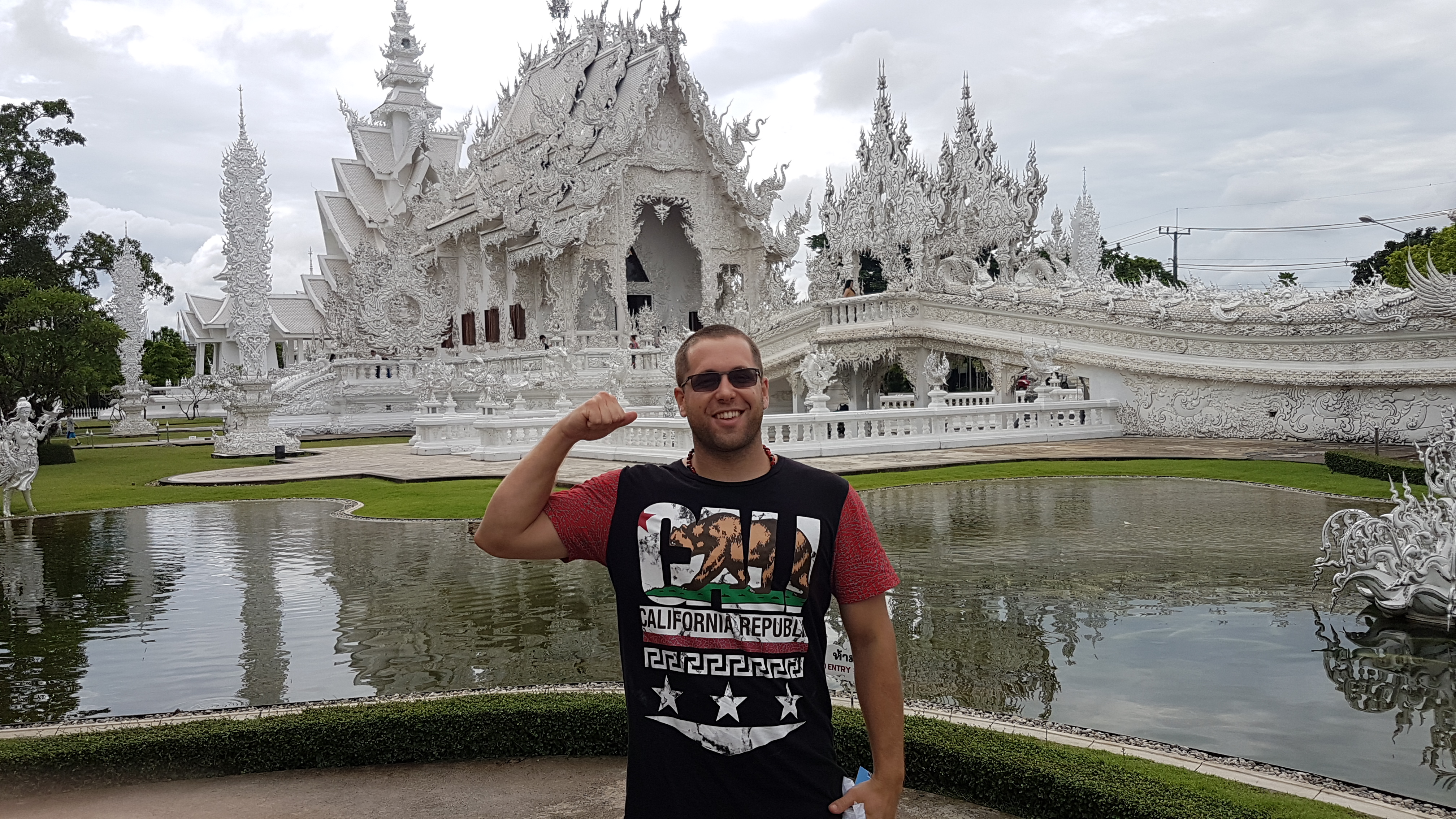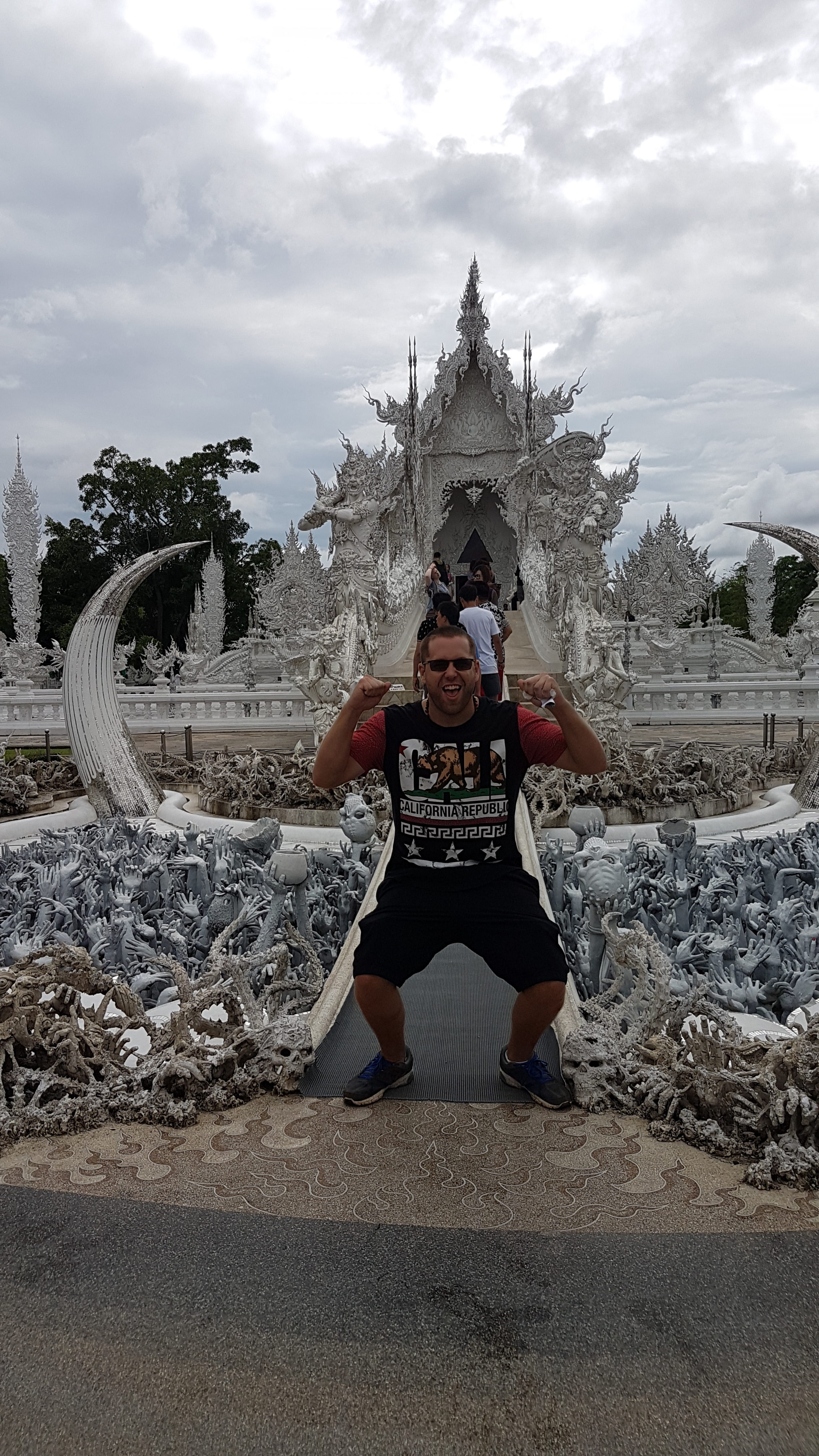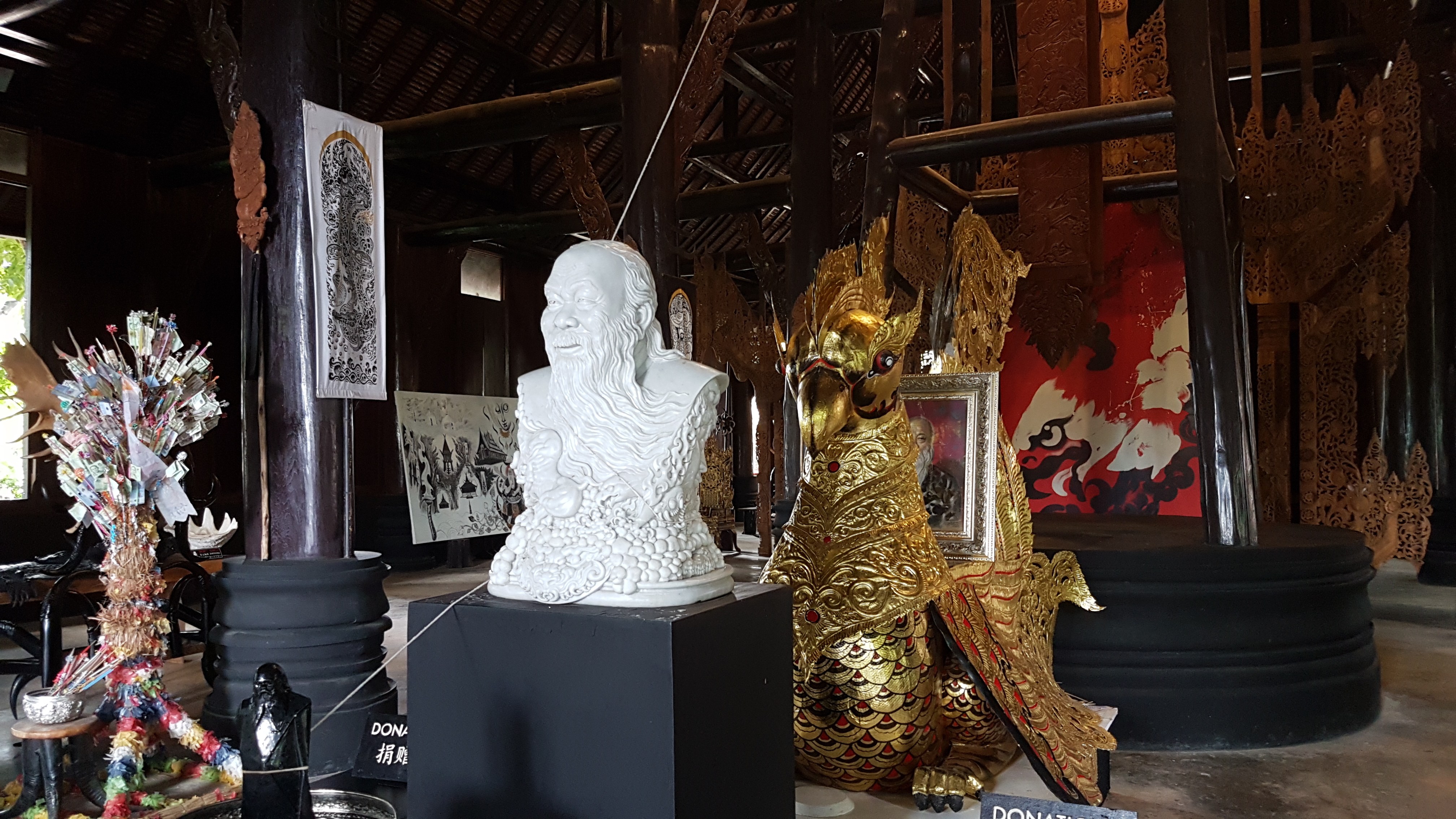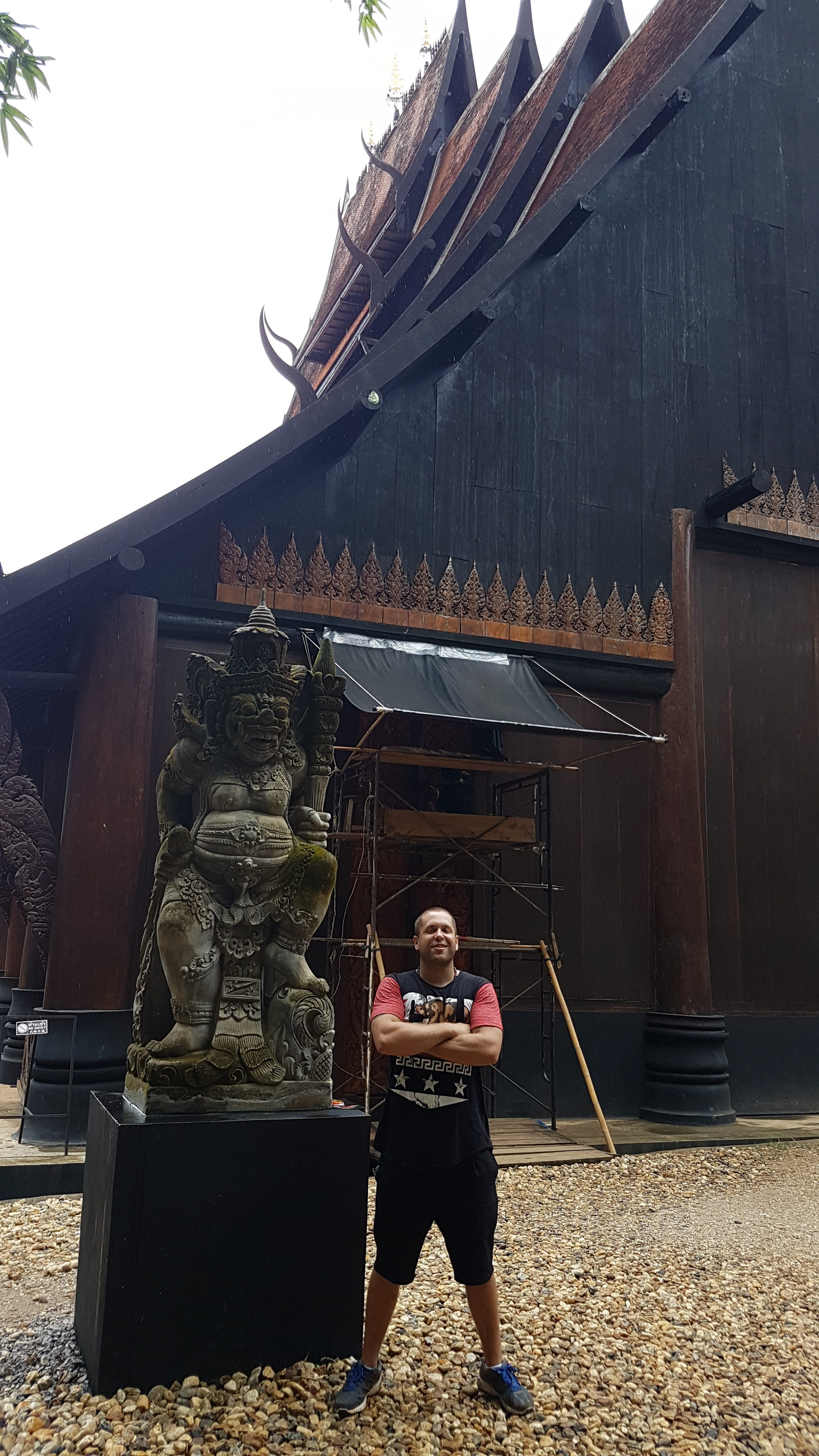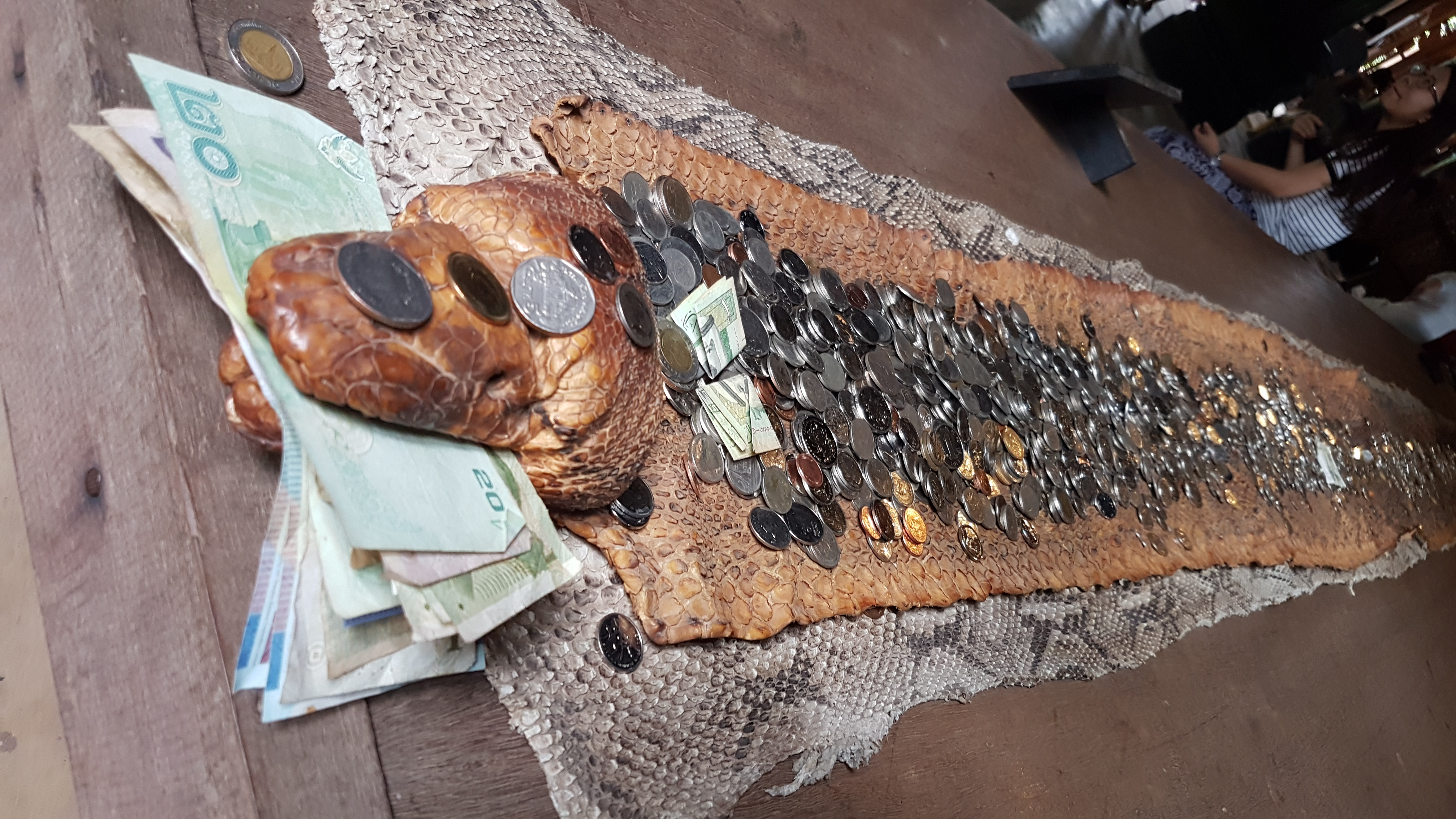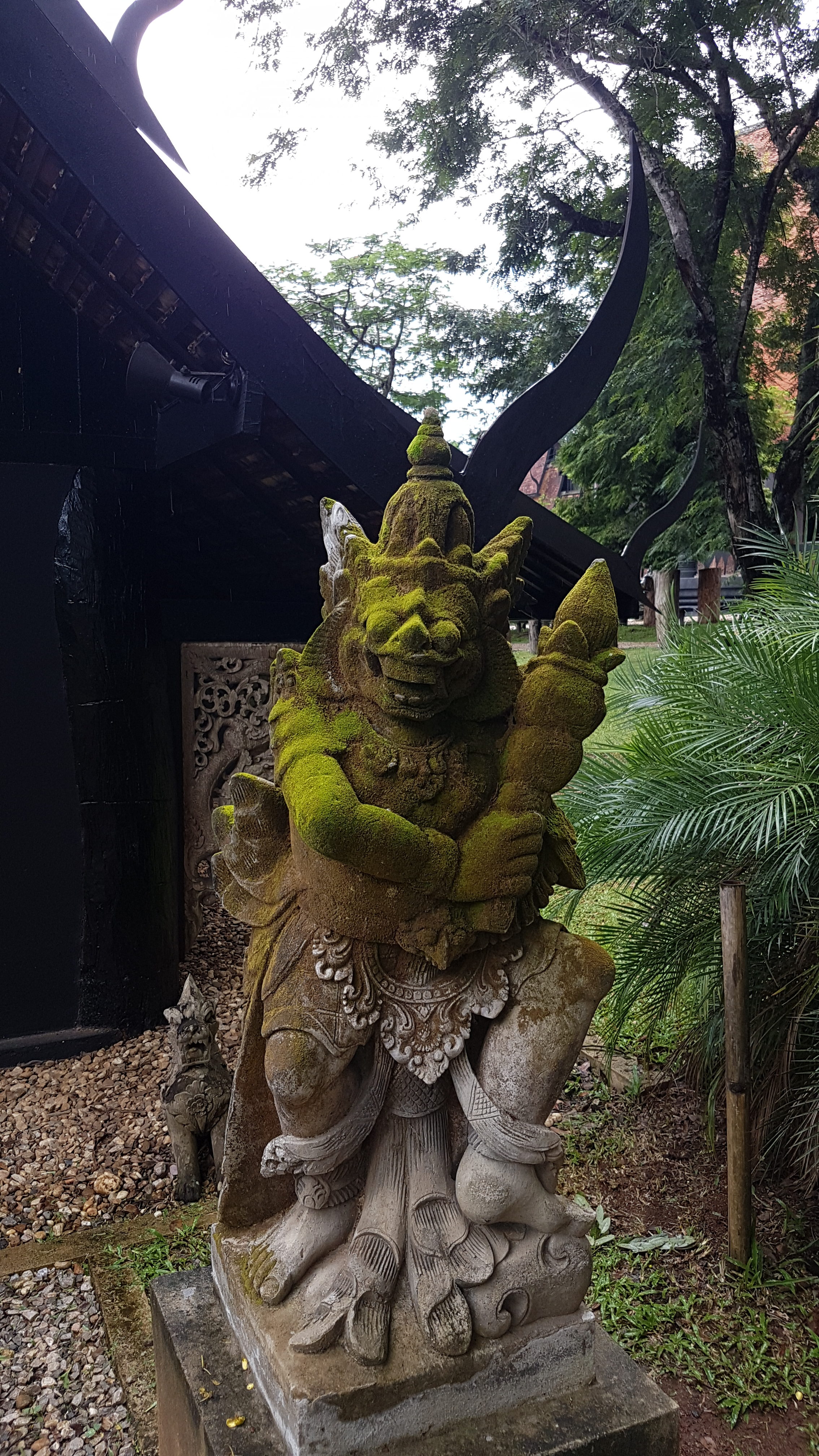Even though it doesn’t look the part, Chiang Rai is one of the most important cities in Northern Thailand. This is due to the fact that it’s the gateway between people crossing the Burmese border in Mae Sai and the rest of Thailand. Despite appearing like another sleepy jungle city, Chiang Rai has a surprisingly robust population. While the city itself has 199,699 residents, the province is home to over 1.1 million. On top of being a key transportation route, they represent many ignored minorities. Over 12.5% of Chiang Rai’s population compromises of Karen, Meo Akha, Lisu and Hmong hill tribes.
On top of showcasing interesting cultures, Chiang Rai’s impact on Thai history is too profound to be ignored. This was the birthplace of the one of the most revered empires in Southeast Asia, the Lanna Kingdom. In 1262, King Mangrai founded Chiang Rai and made it the capital of his dynasty. This noble status led to the city filling up with unique temples and extremely valuable statues. Out of all the relics, none are more adored than the Emerald Buddha. This gorgeous 26 inch (66 cm) tall statue was made of jade and jasper and clothed in pure gold.
Due to constant invasions from the Burmese, this revered Buddha statue underwent a drastic transformation. Faced with constant Burmese attacks and looting, Buddhist monks covered the statue in mud paste and hid it inside a chedi. Eventually the Burmese ended up conquering Chiang Rai and controlling the city for hundreds of years. During this time, everyone forgot about the Emerald Buddha.
It wasn’t until lightning struck the chedi on the Wat Pa Yia grounds in 1434 that the muddy Buddha statue was rediscovered. Since it was covered in stucco, the monks assumed it wasn’t worth much and placed it inside their abbot residence. It wasn’t until a monk noticed that the stucco was flaking off the nose that they realized that this statue was more valuable than they imagined. After uncovering the statue, they realized that it was carved in semi-precious stone. Due to it dating back to Chiang Saen Style, it was immediately wanted by the king.
When the Lanna King Sam Fang Kaen ordered that the statue be brought to the capital Chiang Mai, it made a detour. Apparently the elephant that was carrying the statue insisted on going to Lampang three different times. This unusual stubbornness was considered a divine sign, so it was taken to Lampang and housed in Chedi Luang.
This was far from its final resting place, since this coveted statue was moved all over Northern Thailand. The Emerald Buddha even reached Laos, where it was lost in Vientiane for 200 years. Through a series of wars the statue was eventually recaptured and made its way back to Bangkok. Today it’s housed in the Grand Palace, which is the perfect place to keep such a treasured item that was lost for hundreds of years.
On top of being the birthplace of Thailand’s most beloved statue, Chiang Rai is filled with amazing temples. Some of these magnificent buildings date back to the 13thcentury, which provides a rare glimpse into a forgotten world. To highlight the hidden beauty of this Northern Thai city, we compiled a list of the coolest temples around Chiang Rai. These wats are absolutely breathtaking, so prepare to be amazed by their unique architecture!
Best Temples Around Chiang Rai
Temple #1: Wat Rong Khun (White Temple) – This gorgeous temple is the fruition of one Thai artist’s quest for immortality. At the end of the 20th century, the original Wat Rong Khun temple was in a sad state of disrepair. There were no funds available for restoration, so local Chiang Rai artist Chalermchai Kositpipat offered to rebuild the neglected temple. Using over 1 million Thai Baht of his own money, Chalermchai built one of the most breathtaking temples in Thailand.
Using a unique mixture of ancient Lanna and Thai modern architecture, Chalermchai created a masterpiece. Every piece of this sprawling temple has an interesting meaning. The first bridge symbolizes the cycle of rebirth as the hundreds of hands reaching out embody desires and temptations. Once visitors pass through the Gate of Heaven, they are greeted by the main Ubosot. While it boasts the best of Thai design, it also has a confusing array of Western idols. Michael Jackson, Harry Potter, Superman, Hello Kitty and Neo from The Matrix are all woven into this wildly elaborate tapestry.
While the all-white ubosot represents the human mind, the all-gold building represents the body. Its golden color shows how people often focus on material possessions and money. The main message behind this elaborate series of structures is that humans should focus less on worldly gains and more on liberating their minds. Chalermchai lives this message, since he refuses to accept donations over 10,000 baht to avoid being influenced by large donors.
Despite sounding like the perfect model of human behavior, this amazing temple does have an ulterior motive. This massive work of art is considered by Kositpipat to be an offering to Buddha that will give him immortal life. While Chalermchai’s deal with Buddha seems a little far fetched, there’s no denying this temple’s beauty. The crazy part is, it’s far from finished. Construction is expected to continue on it until 2070.
This means the White Temple’s development will outlive Chalermchai, who has devoted his entire life to the project. In the end, it doesn’t matter what Chalermchai’s reasoning for creating this temple is. It’s gorgeous enough to win anyone over, and boasts designs that will be copied for years to come. This temple is a masterpiece that’s a must see for anyone passing though Chiang Rai, so don’t miss out on Chalermchai’s life mission!
Temple #2: Baan Dam (Black Temple) – While this temple appears to be the complete opposite of the first entry, they have more in common than most people think. Against all odds, the man who created the black temple was actually the art teacher of the creator of the White Temple. On top of teaching Chalermchai Kositpipat, Thawan Duchanee made a name for himself with this dark project.
Boasting decorations that are notoriously gloomy and borderline sadistic, Thawan Duchanee has gained international recognition. Due to the complexity of his work, he’s considered a Thai National Artist. When exploring his massive compound of 40 plus structures, it’s easy to see why. From furniture made from bones to elaborate torture chambers, nothing about his work is traditional. The amount of bizarre artwork is endless, and takes over an hour to tour. Elephant skeletons, tiger skins and crocodile jaws are all incorporated in his intricate masterpieces. While the White Temple is much more uplifting, this ominous ongoing project deserves to be visited.
